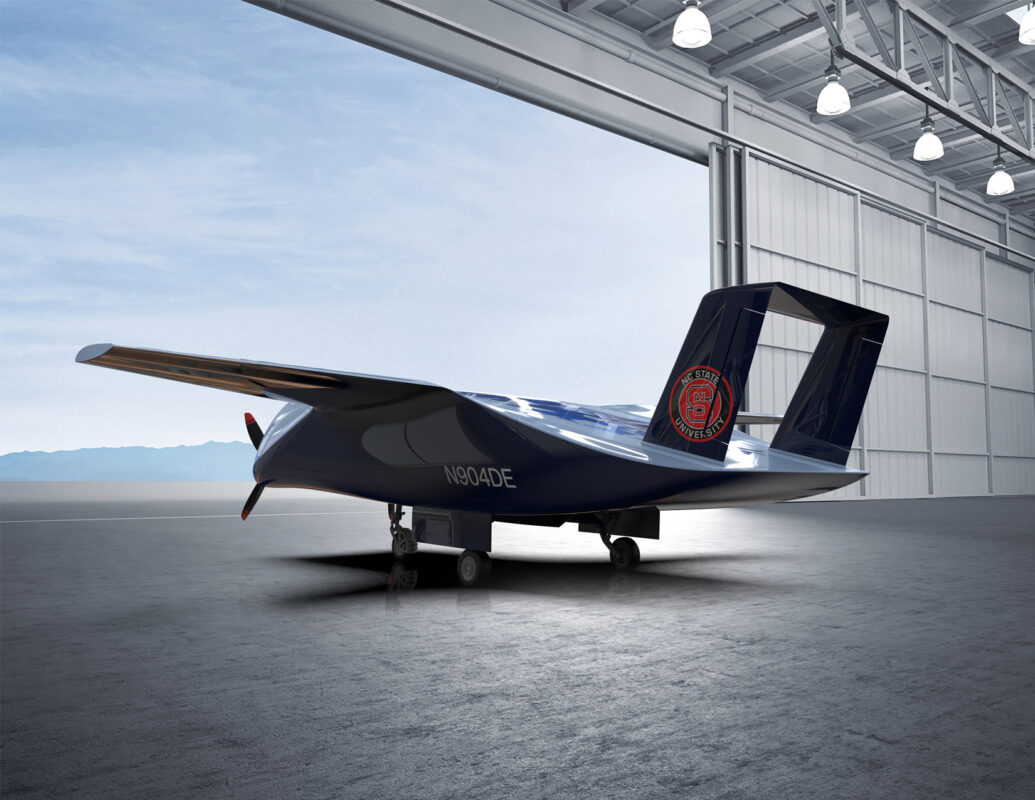Welcome to the Intelligent Structures and Systems Research Lab (iSSRL)
The Intelligent Systems and Structures Research Lab, directed by Dr. Matthew Bryant, is part of the Department of Mechanical and Aerospace Engineering at North Carolina State University. The iSSRL focuses enabling novel dynamic and mechatronic systems for energy, aerospace, actuation, and control applications with specific research interests in smart materials, ambient energy harvesting, adaptive structures, fluid-structure interaction, robot mobility, and bio-inspired engineering design.
Current Research
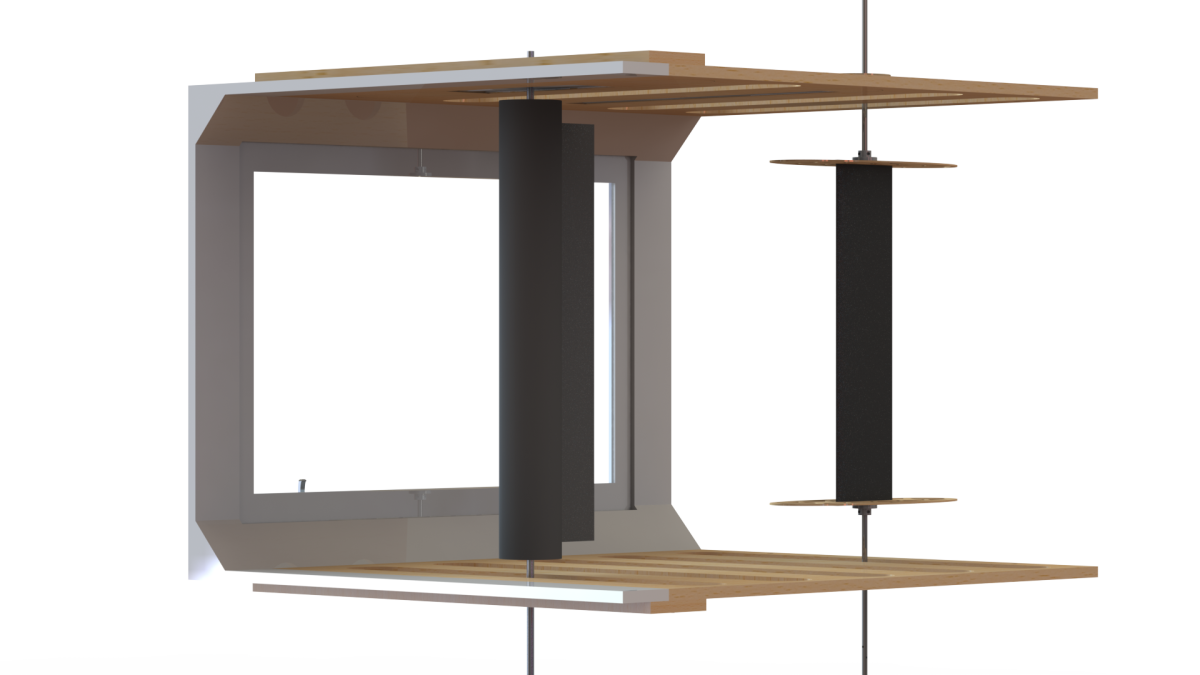
Aeroelastic Limit Cycle Oscillation (LCO) Modulation and Annihilation
LCO in aeroelastic systems represent problems to be overcome in aviation applications, but unique opportunities in the realm of renewable energy. The interaction between incoming flow disturbances and aeroelastic system experiencing LCO is an emerging field of research which the iSSRL is actively pursuing using experimental methods.
Marine Hydrokinetic Kite
The iSSRL recently completed contributions to the DARPA Manta Ray program, which included experimental testing of a scaled undersea marine hydrokinetic (MHK) kite. More information on the DARPA Manta Ray program can be found here. The iSSRL has also contributed to other MHK kite projects, including the study of chord- and camber-wise morphing strategies for improving kite performance on ultra-long tethers, supported by the Coastal Studies Institute. Several studies into MHK kite flight have been performed using the NC State 1/10-scale vehicle in the Casey Aquatic Center swimming pool.
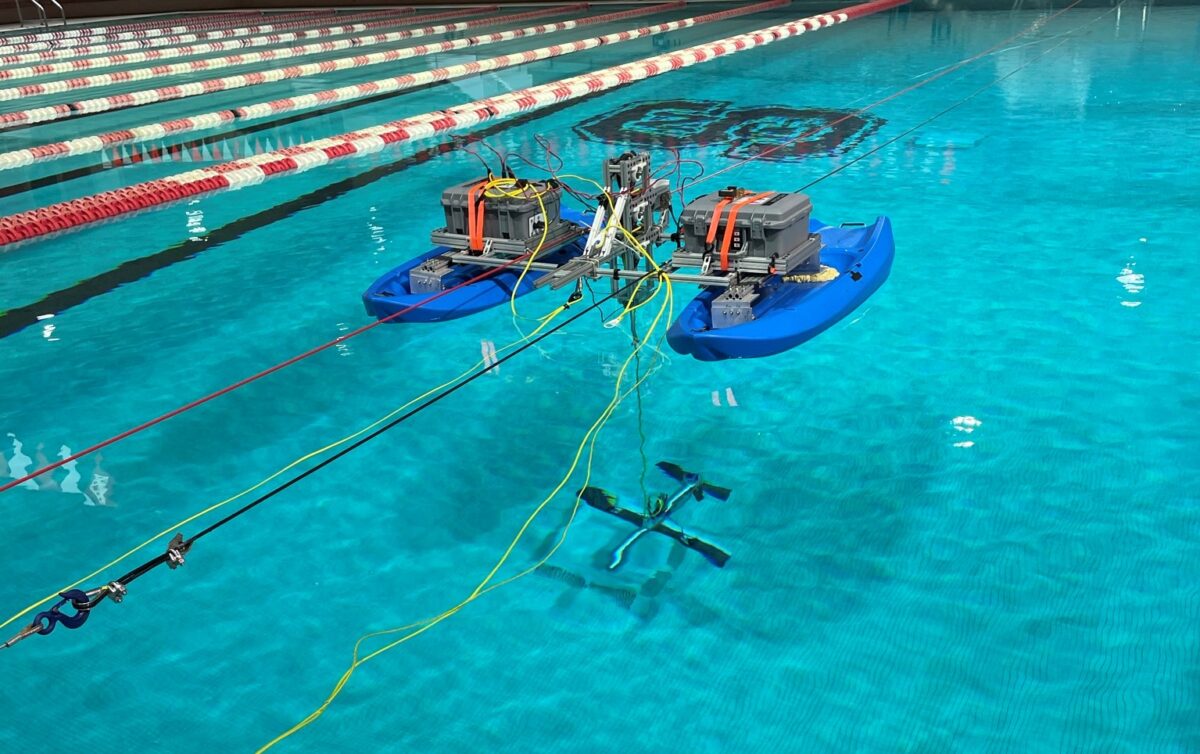
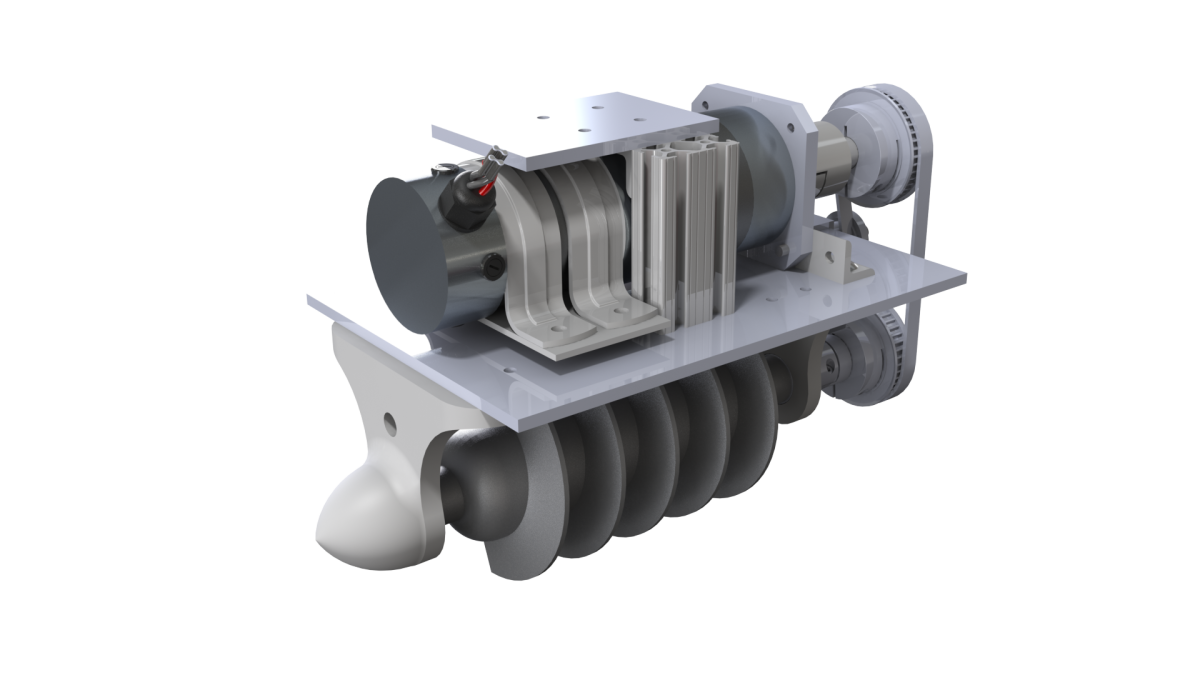
Multi-terrain Amphibious ARCtic explOrer (MAARCO)
The MAARCO project aims to create fundamental innovation in understanding and controlling the dynamics, energetics, and autonomous navigation capabilities of a truly amphibious and multi-terrain robot capable of moving seamlessly across the diverse terrains found in the Arctic.
Underwater Coaxial Turbine
The tethered coaxial turbine is a potential solution for extracting hydrokinetic energy from the flow of the Gulf Stream. The turbine consists of two rotors attached to either side of a generator that counter-rotate in opposite directions to induce power in the generator. Current research pertains to steady and dynamic analysis of the systems, and tow testing of the turbine in an open-water environment.
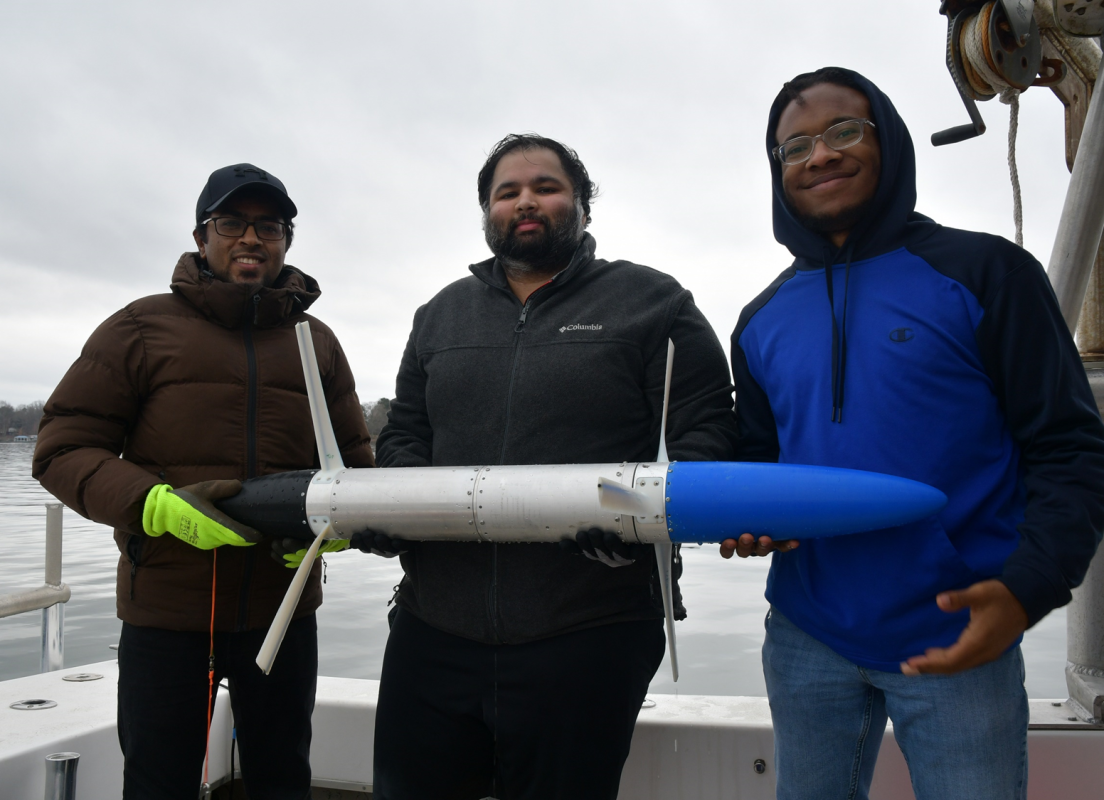
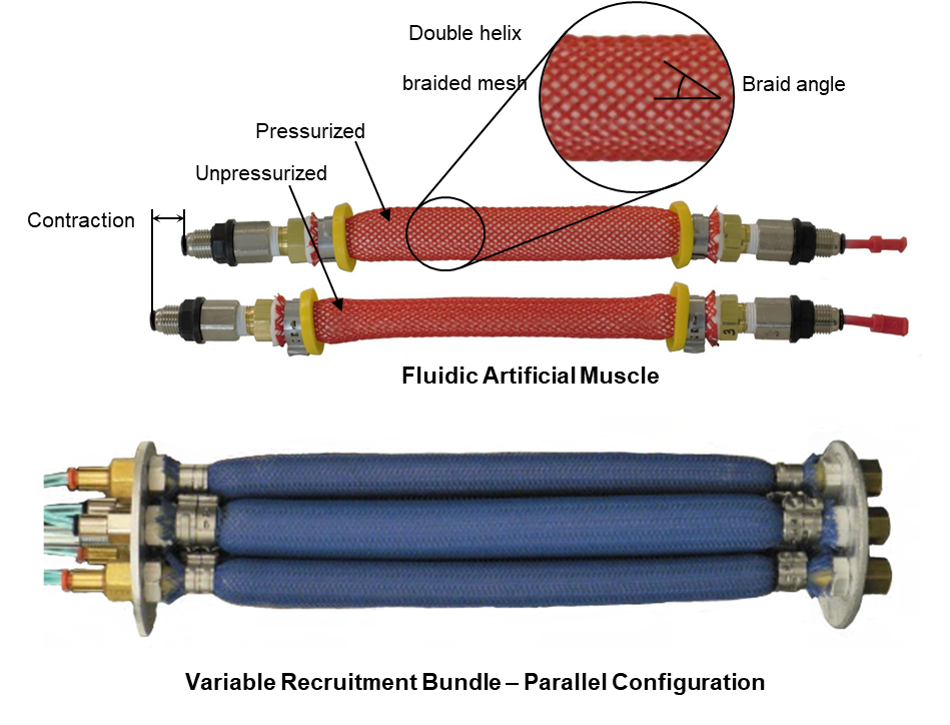
Variable Recruitment of Fluidic Artificial Muscles (FAMs)
Exhibiting high power-to-weight ratios, artificial muscles offer a lightweight, compliant alternative to conventional actuators. Combining multiple artificial muscles into a bundle, the energetics of actuation strategies observed in biological musculature, such as orderly recruitment, are modeled and explored in mechanical systems.
VX Aerospace Kittyhawk v2
In collaboration with VX Aerospace out of Morganton, NC the iSSRL and Applied Aerodynamics Group (under the direction of Dr. Ashok Gopalarathnam) have begun developing a blended wing body (BWB) cargo aircraft for entry into the express air cargo market. The KHv2 in its current form boasts a range of 2000 nautical miles with a payload of 2000 lbs. This novel design utilizes a lifting fuselage in addition to more traditional wings in order to carry more payload and fly farther than aircraft of similar size and configuration. The project is currently in Phase 2 which is focused on further refinement of the design and development of a small-scale flying model to demonstrate the flight characteristics of the KHv2.
